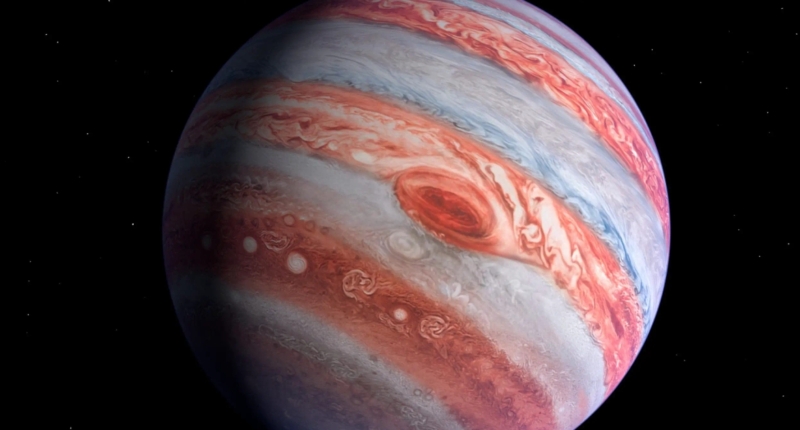Researchers from Imperial College London discovered that nearly 50% of Earth’s supply of volatile zinc came from asteroids that originated from the outer solar system. The study suggests that this material also likely supplied other crucial volatiles such as water, which played a vital role in the emergence of life on Earth. Prior to this, researchers believed that most of Earth’s volatiles came from asteroids that formed closer to the planet. The research provides important insights into the distant origin of Earth’s volatile chemicals, which are the building blocks of life. The study was conducted by analyzing the relative abundances of different forms of zinc in meteorites to estimate how much each contributed to Earth’s zinc inventory. The addition of this material was important for the emergence of life on Earth, as volatiles include the six most frequently occurring elements in living organisms, as well as water.
Imperial College London Researchers Reveal Surprising Origin of Earth’s Volatiles
Researchers from Imperial College London have made a groundbreaking discovery by analyzing meteorites and tracing the origin of Earth’s volatile chemicals. The study found that nearly 50% of Earth’s supply of volatile zinc came from asteroids that originated from the outer solar system, beyond the asteroid belt that includes Jupiter, Saturn, and Uranus. This material is believed to have also supplied other crucial volatiles such as water, which played a vital role in the emergence of life on Earth.
Prior to this, researchers had believed that most of Earth’s volatiles came from asteroids that formed closer to the planet. However, this recent finding reveals important clues about how Earth came to harbor the special conditions needed to sustain life.
The research examined 18 meteorites, including 11 from the inner solar system, known as non-carbonaceous meteorites, and 7 from the outer solar system, known as carbonaceous meteorites. Based on current models of early solar system development, the findings were described by senior author Professor Mark Rehkämper of Imperial College London’s Department of Earth Science and Engineering as “completely unexpected.”
The addition of this material has been important for the emergence of life on Earth. Volatiles are elements or compounds that easily transition from solid or liquid to a gaseous state at relatively low temperatures. They include the six most frequently occurring elements in living organisms, as well as water. Therefore, the contribution of outer solar system material played a vital role in establishing Earth’s inventory of volatile chemicals.
The Earth’s unique abundance of life-sustaining water is now better understood. Without the contribution of outer solar system material, the Earth would have a much lower amount of volatiles than we know it today – making it drier and potentially unable to nourish and sustain life. The findings have been published in Science, and they provide vital insights into the distant origin of Earth’s volatile chemicals, which are the building blocks of life.
Carbonaceous Material Played a Key Role in Establishing Earth’s Budget of Volatile Elements
A recent study conducted by researchers from Imperial College London analyzed the relative abundances of different forms of zinc in meteorites to estimate how much each contributed to Earth’s zinc inventory. The findings suggest that nearly 50% of Earth’s supply of volatile zinc came from asteroids that originated from the outer solar system, outside the asteroid belt that includes planets such as Jupiter, Saturn, and Uranus. The researchers say that this material also likely supplied other crucial volatiles such as water, which played a vital role in the emergence of life on Earth.
The study also suggests that while the Earth only incorporated about ten percent of its mass from carbonaceous bodies, this material supplied about half of Earth’s zinc. The research provides important insights into the distant origin of Earth’s volatile chemicals, which are the building blocks of life. The addition of this material was important for the emergence of life on Earth, as volatiles include the six most frequently occurring elements in living organisms, as well as water.
The study was funded by the Science and Technology Facilities Council (STFC – part of UKRI), and it was conducted by Rayssa Martins, PhD candidate at the Department of Earth Science and Engineering, and senior author Professor Mark Rehkämper of Imperial College London’s Department of Earth Science and Engineering. Martins is funded by an Imperial College London Presidents’ Ph.D. Scholarship.
Next, the researchers plan to analyze rocks from Mars, which harbored water 4.1 to 3 billion years ago before drying up, and the Moon. Analyzing zinc isotopes in moon rocks will help determine whether the colliding asteroid played an important part in delivering volatiles, including water, to the Earth.
Don’t miss interesting posts on Famousbio
